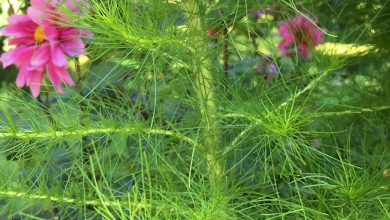Reseed the lawn in the fall
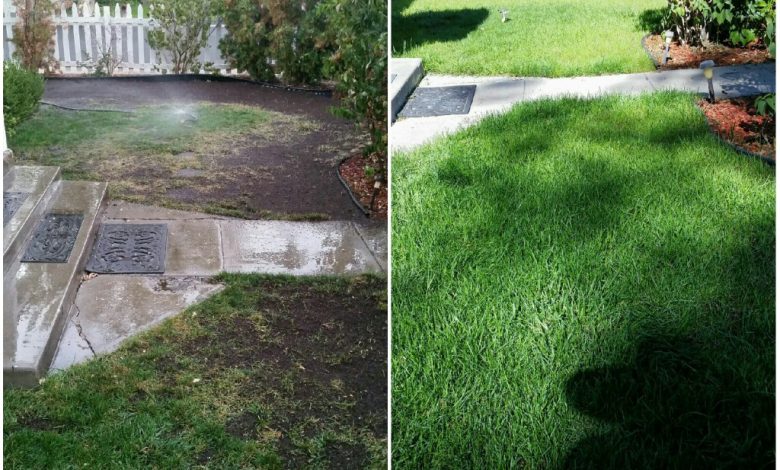

Summer has said goodbye and, with its departure, it’s time to get the garden ready. A true protagonist of sunny days that, at this time, needs us. We are not just talking about preparing it for the arrival of the cold. Now is the time to mitigate the effects that intense summer use and its weather may have caused. And it is that reseeding the lawn in autumn is a mandatory task. A task that will allow us to enjoy that long-awaited green mantle again next spring.
Reviewing the garden is the best way to know if we need to reseed the lawn in the fall. And we emphasize that it be at this time of year because it is the right time for the seeds to germinate correctly. If we delay it, the arrival of the cold can play tricks on us. Hence, the ideal is to take advantage of the still mild temperature of October to carry out this work.
But let’s not get confused. Seeding your lawn in the fall actually involves much more in-depth gardening. Doing it correctly goes through a complete set-up of our lawn. And, what is more important, an analysis to detect why our garden has bald spots or an absence of grass in certain areas.
REASONS WHY WE WILL HAVE TO RESOW THE LAWN IN AUTUMN
In addition to reseeding the lawn in the fall, it is worth taking advantage of this time to find out the reasons why those unsightly bald spots have appeared on it. Sometimes it is easy to spot. They often occur in the busiest areas during the summer. Those roads that we use, and that have been trampled in the hot months. For those areas, it will be essential to sow again knowing that, at the end of the next season, we will have to do it again.
And while this is usually the most common reason to reseed the lawn in the fall, there are others that we have to evaluate. We talked about other reasons that, even when reseeding the lawn in the fall, can boycott its normal growth. Some that we have the opportunity to solve now, with a view to not producing them again.
Let’s look at some of the scenarios we need to resolve before we reseed the lawn in the fall.
1. The appearance of fungi
Something very common in summer, thanks to the sum of the heat with the humidity produced by the irrigation. Although the world of garden fungi is immense, those that affect the lawn usually manifest themselves in similar ways. They usually create circles or even rounds of a color other than the characteristic green. Grey, orange and even brown are the tones with which the fungi manifest themselves. Another of the common lawn fungi, the phytium, creates a kind of spider web between the grasses in addition to changing their usual color.
If these symptoms are detected, we will have to treat the affected surface with a specific fungicide for lawns
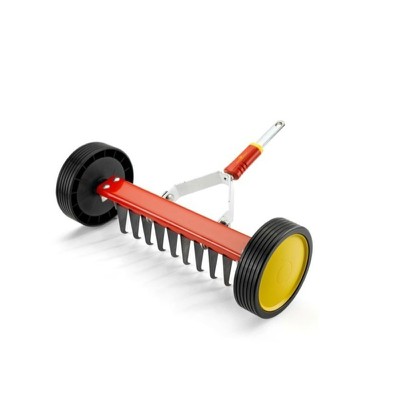
2. Compacted soil, the most common reason for reseeding the lawn in the fall
It is a garden classic. It usually occurs in high traffic areas but also in those with irrigation or drainage problems. Ideally, use a pitchfork to break compaction 10 centimeters below the surface, or scarify deeply. It also does not hurt to check the irrigation system in that area of the garden. Ideally, apply a mixture of organic substrate and sand to cover the affected areas.
3. Lack of light, another of the usual reasons
Sometimes, the design of our garden has shaded areas. Something that, in reality, is not a problem when it comes to grass if we know how to choose the right grass seeds . If we detect bald spots in shaded areas of trees or bushes, the ideal is to opt for specific seeds for these areas.
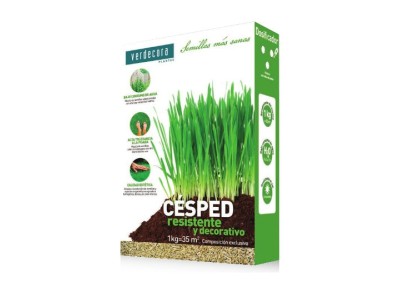
4. The presence of weeds
As we have seen on other occasions, eradicating weeds from the garden is essential. And not just for aesthetic reasons. Adventitious plants are authentic thieves of water and light, as well as being magnets for pests. On many occasions, its growth can cause our lawn to run out of the nutrients it needs. A compelling reason not only to remove them but, above all, to make them disappear
5. Deficiencies in the irrigation system
Another of the most common reasons for having to reseed the lawn in the fall. It is as bad that an area does not receive the water it needs as it is flooded. For this reason, before the arrival of winter, it is a great time to correct any fault that our irrigation system may have.
HOW TO RESOW THE LAWN IN AUTUMN, STEP BY STEP
Once the reasons that can cause us to reseed the lawn in autumn have been corrected, it is time to do it. But to do it right. And it is that, far from it seeming that the thing consists only in planting, it goes much further. Reseeding the lawn is, in itself, a task of cleaning up our garden. A final set-up prior to the arrival of the cold.
We will start by removing fallen leaves, weeds and mowing the garden. This involves both areas with bald spots and those that are in perfect condition. The ideal is that we mow as low as possible, leaving the grass approximately three centimeters high. In addition to this task, in the areas where we have to reseed the lawn in autumn, we will scarify. An extremely beneficial task that not only allows the removal of dead plant matter. In addition, thanks to the cuts it makes in the ground, it facilitates the circulation of air and water.
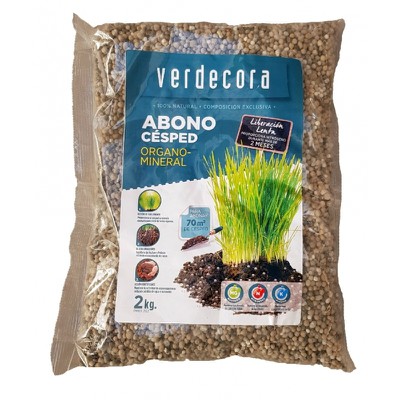
With the ground prepared, it ‘s time to fertilize the lawn. For this time of year and to reseed the lawn, it is best to opt for one rich in phosphorus and potassium. Two key chemical elements for soil regeneration but also for seed growth. The ideal is to opt for a slow release. Thus, even if there are heavy rains, their nutrients will not be washed away.
Time to reseed the lawn in the fall
With the garden ready, the time has come to replant. To do it correctly, we will start by moistening the area to be planted. Thus, the land will be more receptive to accommodate the new grass seeds. Knowing the ideal amount of them goes through consulting the recommendations of each seed house. Despite this, a common practice is to slightly increase that dose. In this way, we will have more germination options. It is also advisable to opt for a spread. A tool suitable both for dispersing seeds and fertilizer.
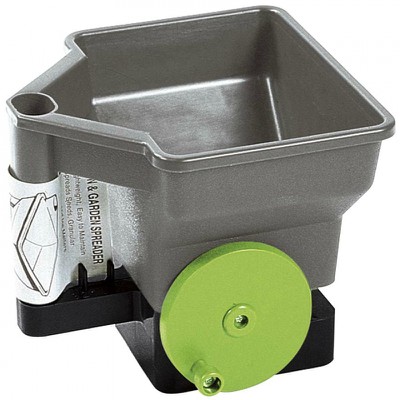
On the seeds we will place a layer of organic substrate. Not only will it help us protect the seeds from birds or the wind. They will also make it easier for the grass to grow correctly. Although this layer is necessary, we cannot overdo it. If it’s too much soil, the new grass will have trouble coming to the surface.
Finally, we will compact slightly with the help of a hoe. And, to finish our work, nothing like a soft watering that we can even apply during the days after reseeding the lawn in autumn.
And, once this work is finished, we only have to protect ourselves from the cold while waiting for good weather. A moment in which, thanks to reseeding the lawn in autumn, we will enjoy that long-awaited green mantle without damage.

